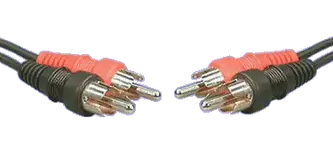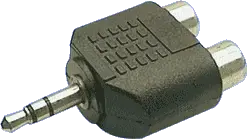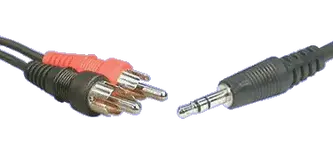T
tomrotc
New member
Hi all,
New to the forum and very new to the field of audio. This place seems to be great for shortening my learning curve.
I am planning to record an upright piano at home. Here's the gears I have.
A pair of Rode NT5
Zoom H2 recorder, which can use an external microphone through mini jack.
A Microphone stand.
A MacBook Pro
My questions are:
1. I am still struggling to understand how the NT5 is powered. Do I need to get a dual Phantom Power Supply for the two microphones?
2. Also, should I get a XLR-minijack and use the Zoom H2, or a XLR-USB and use the Mac for recording? Any suggestions for alternatives?
3. I will probably have to do lots of experimentation, but is the X/Y setup generally good for upright piano?
Sorry for the rookie questions. Thanks in advance!
New to the forum and very new to the field of audio. This place seems to be great for shortening my learning curve.
I am planning to record an upright piano at home. Here's the gears I have.
A pair of Rode NT5
Zoom H2 recorder, which can use an external microphone through mini jack.
A Microphone stand.
A MacBook Pro
My questions are:
1. I am still struggling to understand how the NT5 is powered. Do I need to get a dual Phantom Power Supply for the two microphones?
2. Also, should I get a XLR-minijack and use the Zoom H2, or a XLR-USB and use the Mac for recording? Any suggestions for alternatives?
3. I will probably have to do lots of experimentation, but is the X/Y setup generally good for upright piano?
Sorry for the rookie questions. Thanks in advance!


 due to the last move leaving nowhere to put it. The old studio was the lower level of the house and the piano was upstairs in a massive room with cathedral ceiling (15 feet high) and there were tie lines up to the lounge where we recorded the piano. Actually the studio should have been up stairs and we should have lived down the bottom but the Trouble and Strife said no.
due to the last move leaving nowhere to put it. The old studio was the lower level of the house and the piano was upstairs in a massive room with cathedral ceiling (15 feet high) and there were tie lines up to the lounge where we recorded the piano. Actually the studio should have been up stairs and we should have lived down the bottom but the Trouble and Strife said no.

